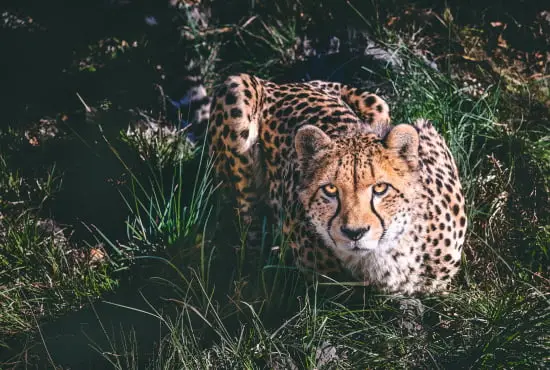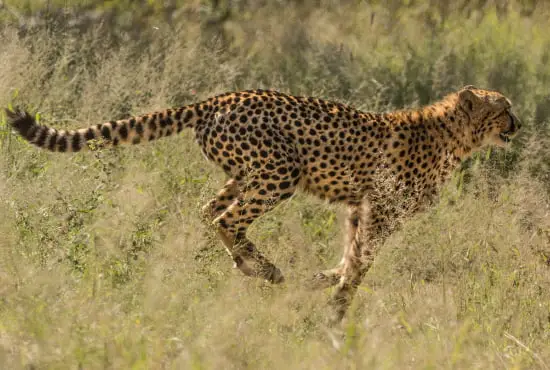An Overview of the Cheetah
Common Name

Anatomy & Features
Life Cycle & Reproduction

Subspecies & Behavior
Three subspecies of cheetah are recognized based on their range: The African cheetah (Acinonyx jubatus heck), which is found in Botswana, Namibia, South Africa, and Zimbabwe; a north African subspecies (A. j. Leo); and a central Asian subspecies (A. j. venaticus) that was originally discovered in Iran but has since been sighted in countries including Afghanistan, Turkmenistan and Pakistan In Africa, cheets prefer open grasslands with enough cover to spot prey from above, such as trees or termite mounds—but they are not finicky about where they hunt for long periods.
Life Span
15 years in captivity and 8–10 years in the wild with some living up to 17 years in captivity, though the exact lifespan is unknown. Since they are fast they can avoid lions, hyenas, leopards and sometimes are killed by adult male cheetahs during mating season. In zoos, can be put under anesthesia every 6 months for dental care to avoid tooth loss as well as annual vaccinations for rabies and other required vaccines every year. To have a chance at reproducing within a zoo environment it’s recommended that 2 males share 1 female enclosure but if one is left alone it will still mate itself despite not having much of a chance at pregnancy.

Incredible Facts
Even though it is known as one of nature’s most rapid animals, you might be surprised to learn that in captivity, cheetahs have been clocked running as fast as 110 mph. Despite their extraordinary speed, their main diet consists mostly of small antelopes such as gazelles and impalas; they’ll also eat birds and other reptiles, but they don’t typically target larger game like wildebeests and zebras (not that they couldn’t take down something like a Cape buffalo). While not an aggressive species by nature, male cheetahs will sometimes fight each other for dominance over females—they’ll also risk life and limb to protect their cubs from rival males.


Your article helped me a lot, is there any more related content? Thanks!